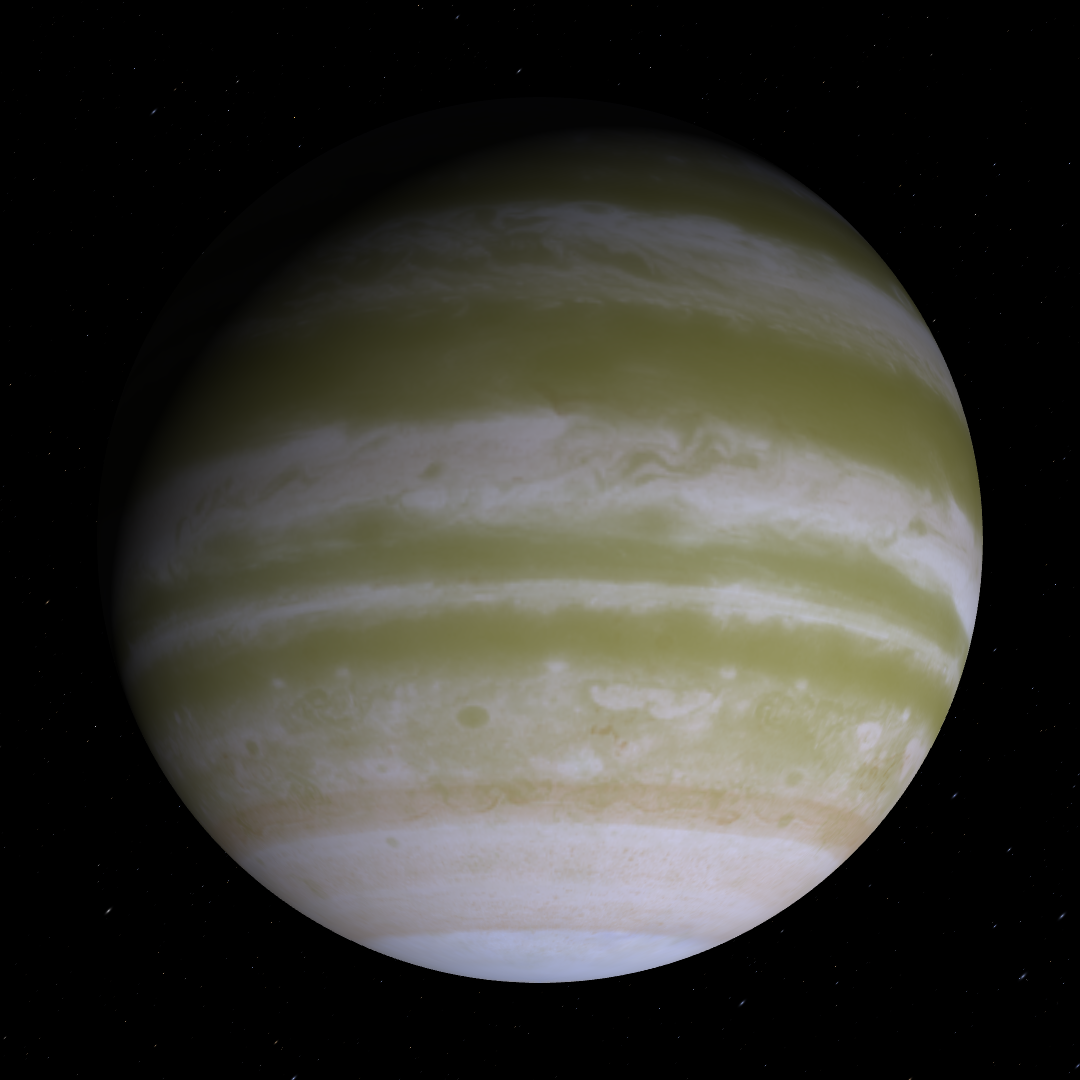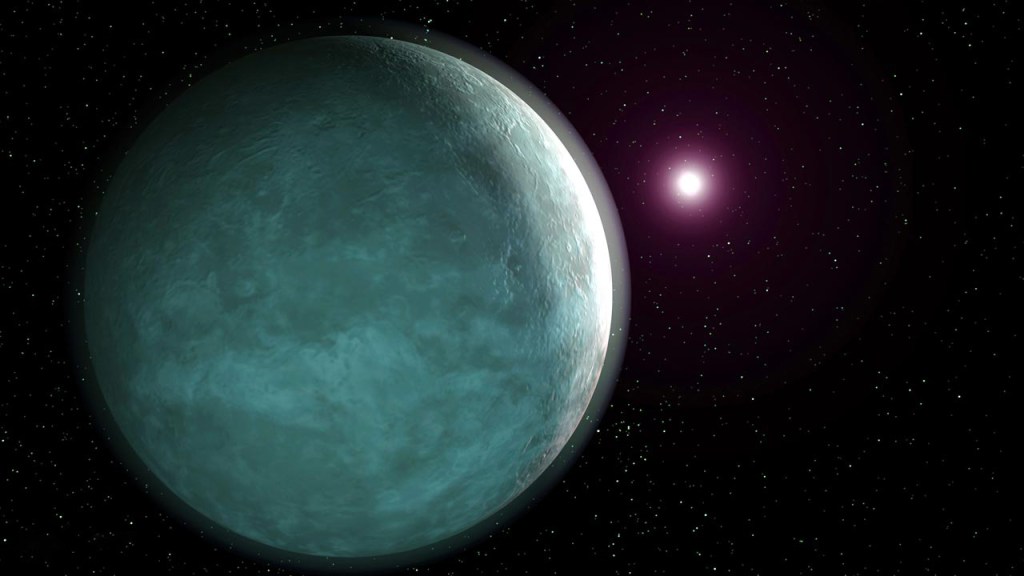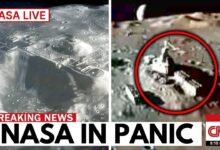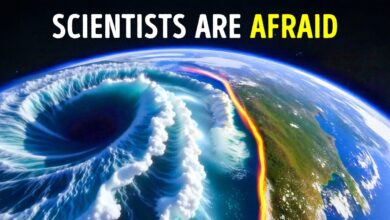Scientists Discover New Planets More Habitable Than Earth
1. **TOI-715 b**:

– **Location**: Orbiting the red dwarf star TOI-715 in the Volans constellation, approximately 136 light-years away.
– **Features**:
– **Mass**: 3 times that of Earth.
– **Radius**: 1.5 times the radius of Earth.
– **Habitability**: Positioned at a suitable distance from its star, this planet might have liquid water on its surface. Water is essential for life as we know it.
2. **LTT 9779 b**:

– **Location**: About 264 light-years from Earth.
– **Features**:
– **Size**: Roughly 5 times Earth’s diameter.
– **Temperature**: Extremely high, around 3,650°F (2,000°C).
– **Reflectivity**: This planet is the most reflective exoplanet discovered, reflecting about 80% of light from its star.
– **Atmosphere**: Contains metal clouds and titanium droplets, making it a “giant cosmic mirror.” The presence of metal vapors might be due to condensation similar to what happens in a steamy bathroom.
3. **WASP-76 b**:

– **Location**: Approximately 640 light-years away.
– **Features**:
– **Temperature**: About 4,350°F (2,400°C), nearly half the temperature of the Sun.
– **Size**: About twice the size of Jupiter, but only 90% of Jupiter’s mass.
– **Atmosphere**: Contains elements like magnesium and iron in gaseous form. These elements condense into molten metal droplets on the night side of the planet, creating a metallic rainfall. The high nickel content might suggest the planet consumed a rocky world with abundant nickel.
4. **HD 110067**:

– **Location**: Around 100 light-years away.
– **Features**:
– **Planetary System**: Contains 6 sub-Neptune planets, each 2-3 times Earth’s size.
– **Orbital Resonance**: These planets have synchronized orbits in a mathematical pattern. For instance, for every three orbits of one planet, another completes two orbits. This rare synchronization usually persists only until something disrupts it, like a passing star or larger planets with strong gravitational effects.
5. **BEBOP-1c**:

– **Location**: In the binary star system BEBOP-1, about 1,320 light-years away.
– **Features**:
– **Type**: Circumbinary planet, orbiting two stars rather than one.
– **Size**: About 65 times Earth’s mass, similar to gas giants like Jupiter or Saturn.
– **Formation**: In circumbinary systems, planetary formation is challenging due to the complex dynamics of the star disks. This planet is a rare example of a system with multiple planets.
6. **GJ 9827d**:

– **Location**: Approximately 97 light-years away.
– **Features**:
– **Size**: Twice the size of Earth.
– **Temperature**: Similar to Venus, around 750°F (400°C).
– **Atmosphere**: The Hubble Space Telescope detected water molecules in its atmosphere. This might be the first direct evidence of a planet with a water-rich atmosphere outside our solar system. The planet may have migrated closer to its star from a colder region or might have formed near its star with water already present.
**Future of Planetary Exploration**:
– Technologies like the James Webb Space Telescope will continue to provide insights into water-rich worlds beyond our solar system.
– New methods may use carbon monoxide in exoplanet atmospheres to detect potentially habitable planets. There could be up to 40 billion such planets in our Milky Way galaxy.
These discoveries expand our understanding of the universe and suggest the potential for life on distant worlds.








